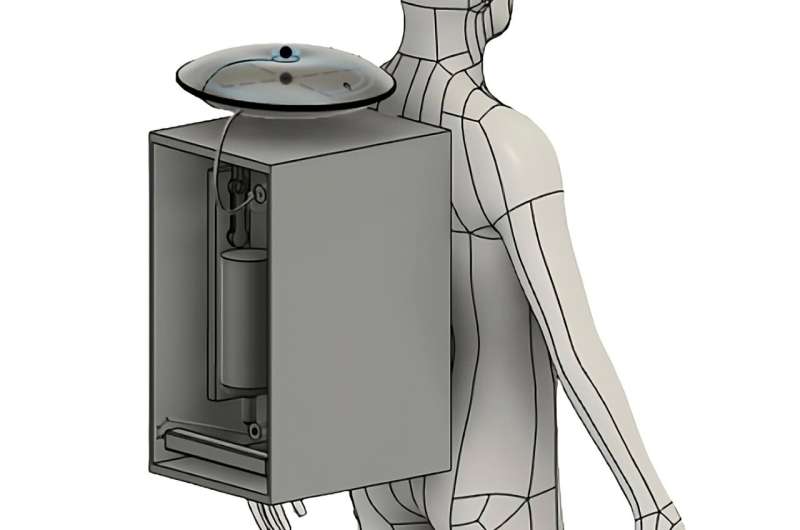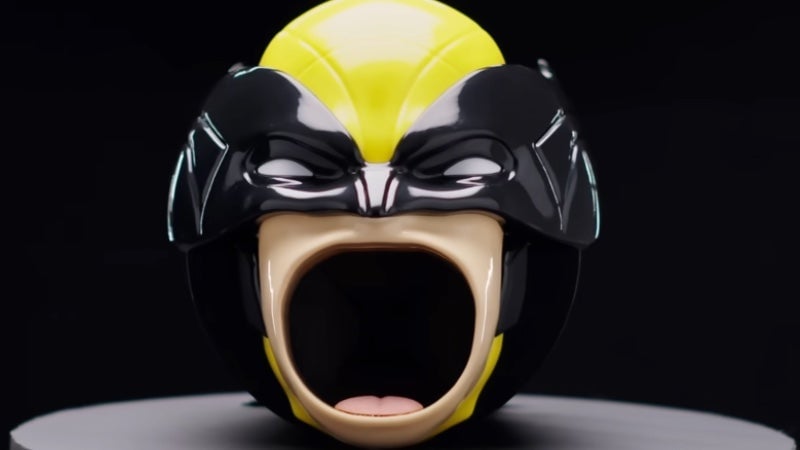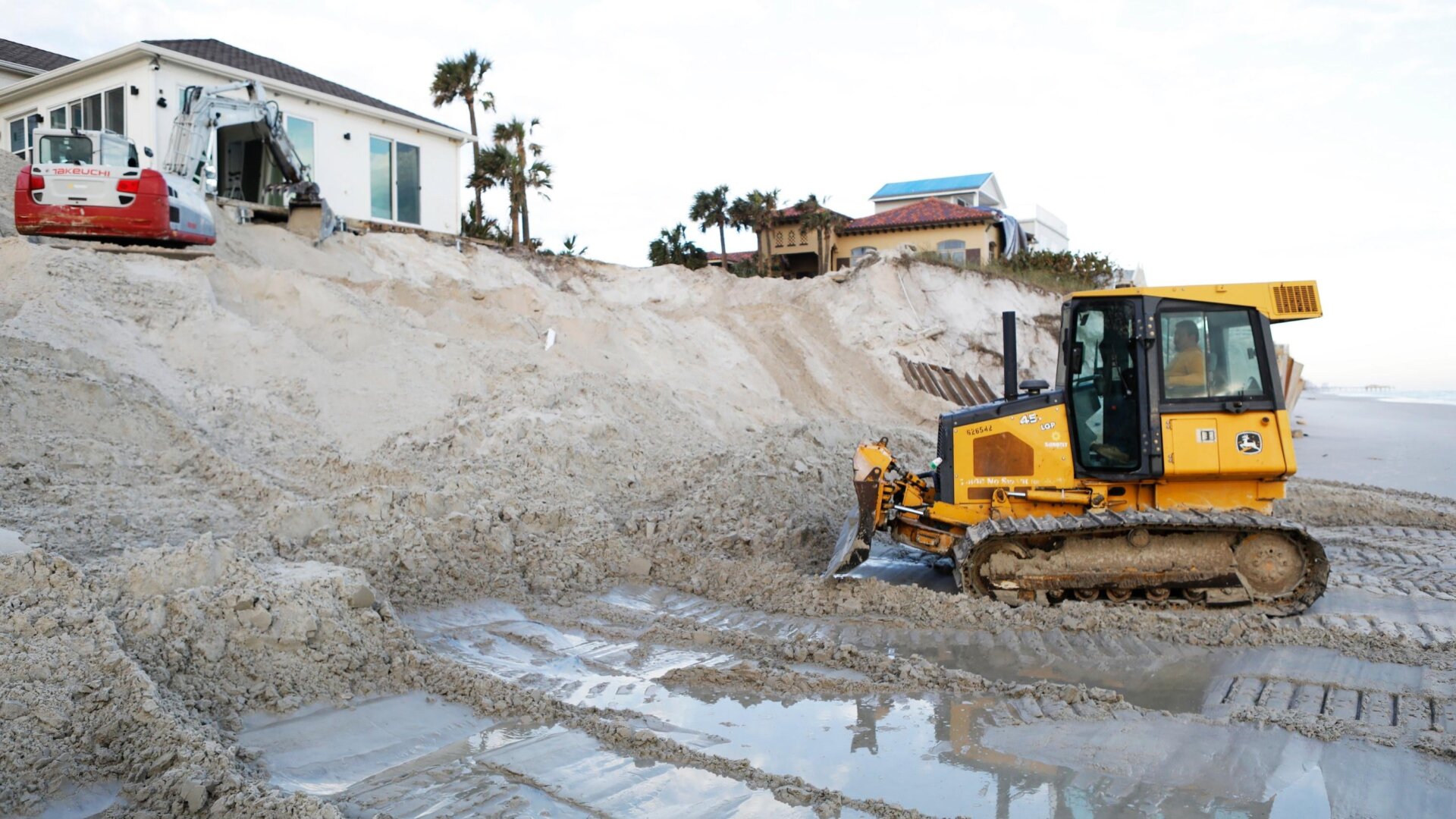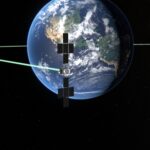Cornell University scientists are looking to make one of the less cool but still practical parts of Dune a reality. In a new study this week, the team debuted a design for a spacesuit that recycles urine into drinkable water, much like the stillsuits worn by the Fremen of Arrakis. The suit should allow astronauts to carry out longer spacewalks, among other benefits, and the scientists are hoping it could see its debut in time for the upcoming missions to the Moon and Mars.
During space missions, we already routinely recycle our body’s liquid waste back into clean drinking water. Last year, for instance, NASA announced that astronauts aboard the International Space Station are now recycling 98% of their urine and sweat, up from the 93% previously achieved. Gross as it sounds, this reusing extends the limited resources available to a crew.
Currently, though, astronauts can’t do the same when they’re actively out in their spacesuits. If they have to go during a spacewalk, they simply use modified diapers, which do help prolong missions but come with some hassles. The diaper can sometimes leak, for instance, making it uncomfortable for astronauts to wear and this exposure to waste can even raise the odds of complications like an urinary tract infection. Astronauts can cut down on their urine by not drinking much water before a spacewalk, but that itself can be dangerous and limits how long a spacewalk can be safely performed.
From sci-fi to reality
Directly inspired by the work of Dune author Frank Herbert, scientists at Weill Cornell Medicine and Cornell University designed a spacesuit to overcome these challenges. They’ve already created a prototype of the suit and have detailed its inner workings in a paper published Thursday in the journal Frontiers in Space Technology.

“The design includes a vacuum-based external catheter leading to a combined forward-reverse osmosis unit, providing a continuous supply of potable water with multiple safety mechanisms to ensure astronaut wellbeing,” said lead author Sofia Etlin, a research staff member at Weill Cornell Medicine and Cornell University, in a statement from Frontiers, publishers of the journal.
The portable system can filter out 500 milliliters of urine in about five minutes, with different collection methods for women and men. Right now, it isn’t quite as efficient as the larger systems aboard the ISS, with a recycling rate of 87%. But that should be enough to help astronauts prolong their spacewalks with more comfort.
A need for better spacesuits
NASA expects to send astronauts back to the Moon in the next few years, with a crewed Moon landing—the Artemis 2 mission—expected later this decade. NASA is also hoping to help successfully send people to Mars as early as the 2030s, with some related missions on Earth already underway. The Cornell team believes that their suit could be invaluable to these goals and argue that it could be ready to go by the time the Artemis missions are off the ground. Engineers will have to study the suit in more detail before considering it space-worthy, however.
“Our system can be tested in simulated microgravity conditions, as microgravity is the primary space factor we must account for. These tests will ensure the system’s functionality and safety before it is deployed in actual space missions,” said senior author Christopher Mason, a professor of physiology and biophysics at Weill Cornell, in a statement.
A spacesuit that recycles urine into drinkable water is nifty and all, but would it kill scientists to invent a way for my brain to rapidly calculate complicated math equations (like a group dinner’s bill), à la the Mentats?














